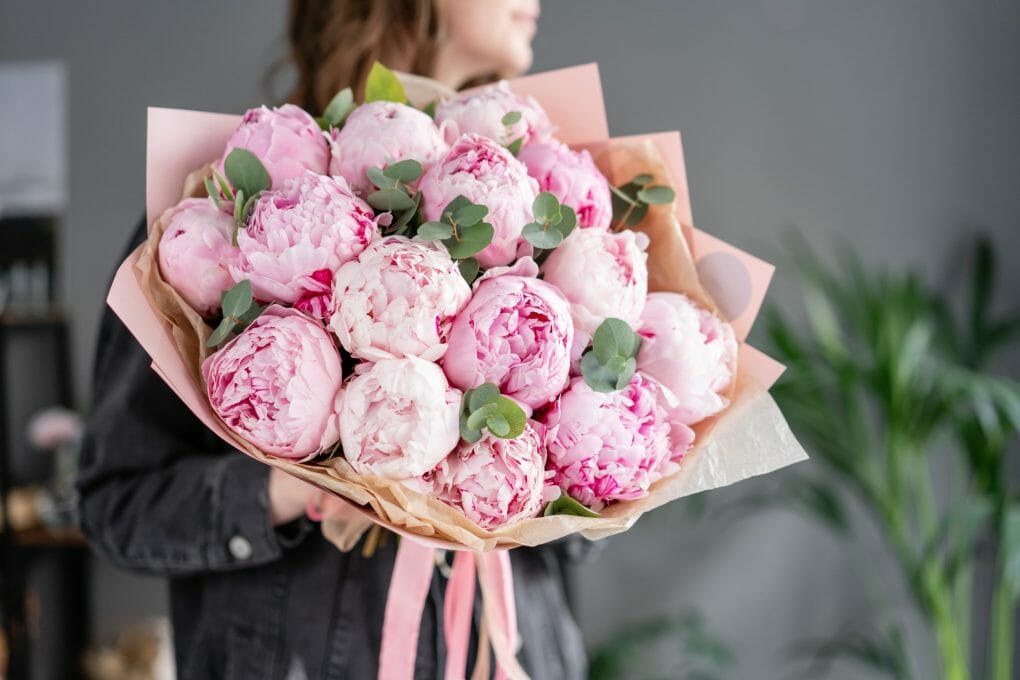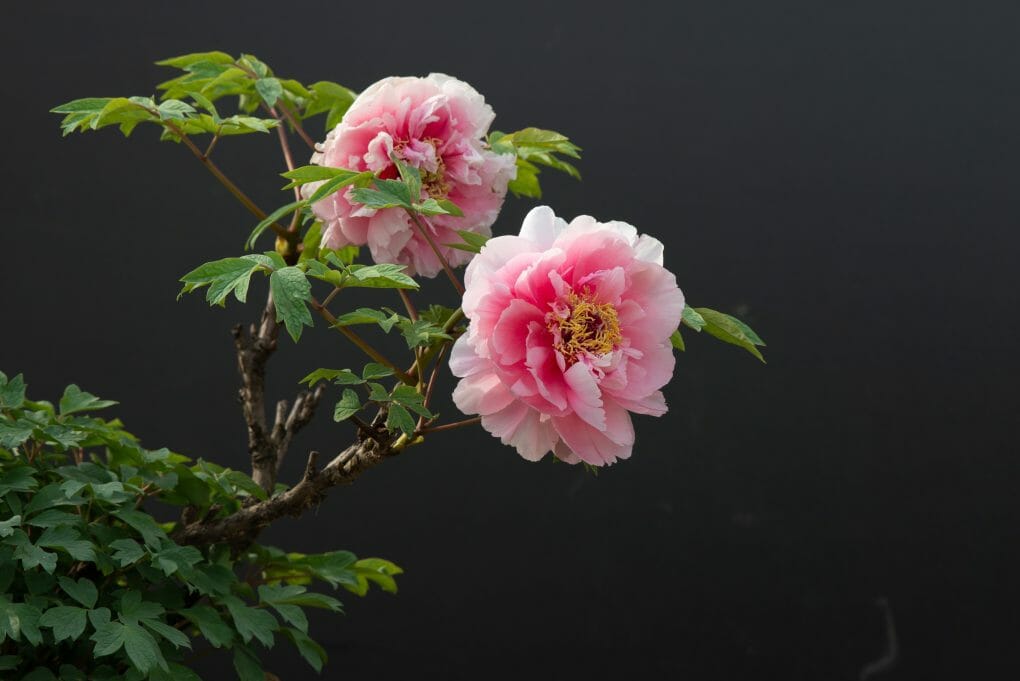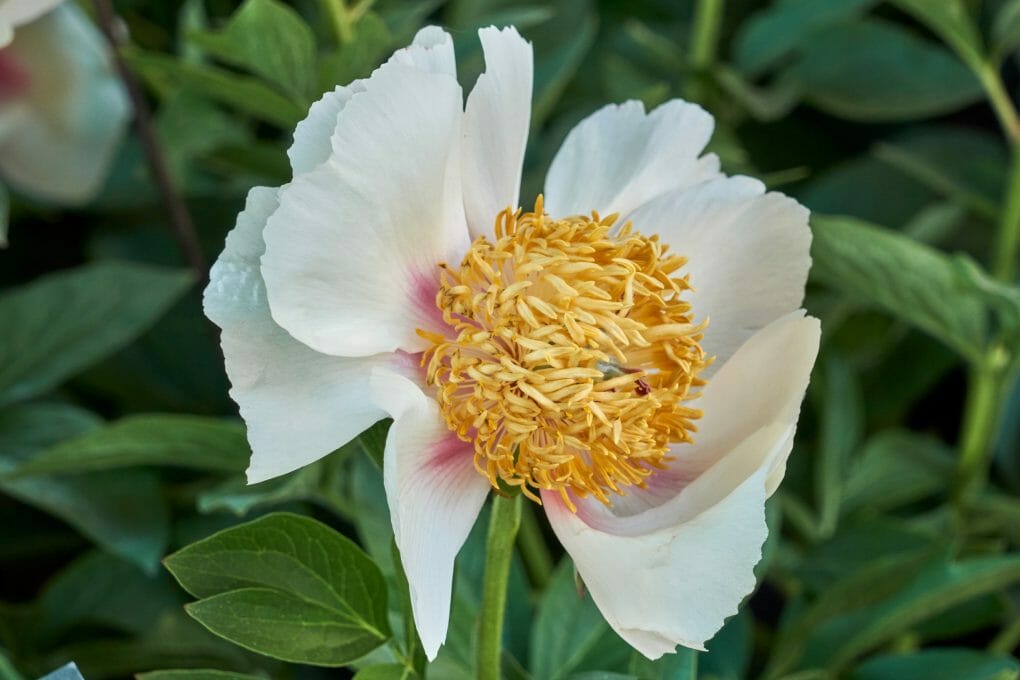Where Are Peony Flowers From? Know Its Symbolic Meaning in Different Cultures
Peonies are thought to have originated in Chinese gardens around 1000 BC and by the eighth century. In the seventh century BCE, the Tang Dynasty of China started cultivating peonies in the royal courts. Before the eleventh century, Chinese growers started to appreciate the ornamental value of tree peonies, and they quickly became well-known for their lovely, delicate flowers. Tree peonies, known as the “King of Flowers,” started to appear in different types of art and gained notoriety as a sign of nobility, status, and even imperial associations. Peonies are among the most popular flowers in the world, and many different types go well with different flowers.

In China, herbaceous peonies also became famous as an ornament. Chinese peony growers developed distinctive cultivars of the common herbaceous peony Paeonia lactiflora, which grows naturally in the region’s northernmost regions. These cultivars featured multiple, numerous-petaled flowers on sturdy stems and released complex fragrances. There were over thirty different cultivars identified by the sixteenth century.
They had spread to Japan, one of the world’s major peony producers. Peonies were primarily used in the East for medicinal purposes. It was common practice to treat headaches, asthma, and labor pain with the roots and seeds of the peony. Explorers first introduced tree peonies to Europe in the early 1800s after they were found. They are incredibly well-liked today as cut flowers and ornamental garden plants.
Peonies as ornamentals did not become widely used in Europe until ornamental herbaceous peonies were imported from China in the early 1800s, despite several native European species and a distinct history of use in medicines. France was where western peony breeding gained the most traction, and by the 1850s, the peony craze had reached the prairie states and provinces as well as eastern North America. Growing peonies as a hobby allowed European peony breeders to create cultivars to produce cut flowers. In North America, the average gardener now has more options for using peonies because of their increasing value as landscape plants. With the American Peony Society by 1950, at least 90 peony breeders from North America were members.
The first successful peony hybrids between herbaceous and tree varieties were announced in a bulletin published in 1967 by the American Peony Society. Four of these peonies, commonly referred to as Itoh peonies in his honor and bred by Toichi Itoh of Japan.
Early in the 11th century, Japan became a popular destination for them, and in the 18th century, France and England followed. They started growing in popularity in the United States in the late 1800s and early 1900s. The peony replaced the zinnia as Indiana’s official state flower in 1957.
Table of Contents
Peony Symbolic Meaning in Different Cultures

China
The peony flower serves as China’s official national symbol. The plant’s representation is displayed during their festivals and is the recognized blossom for special occasions and customs. The name “most beautiful flower” in Chinese also has a royal history in China and other Asian nations.
The peony was designated China’s national flower during the Qing dynasty in the early 1900s and was used in artwork, decorations, and other displays. The flower has been a favorite in the nation for centuries because of its majestic nature.
The City of Peony, also known as Luoyang, is large in China. Numerous peonies are displayed in the town’s National Peony Garden, which also provides the plants for the town’s annual peony festival.
North America
The peony in Victorian times held a much darker connotation. People used to believe that if they dug up a peony or brought it inside their home, fairies would come and curse them. You were thought to be unlucky for the rest of your life after that. These days, people value the flower’s beauty. The peony has been designated as Indiana’s state flower in the US.
Europe
The flower was known for being modest and reserved in other Eastern European nations. According to various legends, nymphs and fairies concealed their bare bodies by morphing into peony blossoms. Throughout the 19th century, hundreds of paintings by European Impressionist painters featured flowers as their main subject. Among the famous artists who greatly admired the flower are Renoir, Delacroix, and Manet.
Here are a few More Facts About Peonies

- Peonies can outlive the mortality of humans. They can live up to one hundred years.
- Peony means many things, depending on the culture and context. The flower is generally associated with wealth, prosperity, and good fortune.
- There are three peony plants: herbaceous peonies, tree peonies, and intersectional/Itoh peonies, contemporary hybrid herbaceous and tree varieties. From light, delicate blooms to bodacious, frilly pom-pom puffs, the flowers come in various shapes. There are six peony flower blooms: Single, Japanese, Anemone, Semi-Double, Bombe, and Full Double. There are wide varieties of peonies with pink or white flowers, but there are also ones with purple, red, orange, and even yellow blooms.
- Bees pollinate peonies, but they also attract butterflies as well as moths.
- Herbaceous peonies are self-fertile, a term for flowers that, when left alone, will pollinate themselves. A herbaceous peony’s seeds will result in offspring that share the parent plant’s genetic makeup if it is kept separate from other peonies.
- Herbaceous peonies typically don’t bloom in the first year after planting. Unfortunately, tree peonies require an additional two to three years to bloom. So take your time.
- Pests and illnesses rarely affect peonies. The most frequent problem is a fungus called botrytis. It can result in dark spots on the leaves, blackened stems, and shriveled, burned-looking buds. Warm, rainy weather increases the likelihood of infection, as it does with all fungi diseases.
- In gardens today, most peony plants are hybrids of the original true varieties.
- Peonies come in about 40 different species, originating in Asia, Europe, and North America.
- The diameter of a peony flower can be up to ten inches.
- They have a bowl-like shape and come in every color but blue.
- From spring to summer, peonies are in bloom.
- Peonies can self-pollinate.
- Peony petals are eaten as dessert in China after being partially cooked and sweetened. You can eat fresh petals as a salad or add them to lemonade as a garnish.
- In the language of flowers, peonies denote abundance, wealth, romance, elegance, and honor.
- For summer wedding bouquets, peonies are among the most widely used flowers. It serves as the official flower for weddings celebrating their 12th anniversary.
- The flower representing Indiana is the peony.
- Peonies are not typically considered evergreen plants as they lose their leaves during winter in most climates.
- Peonies are generally considered deer resistant.
